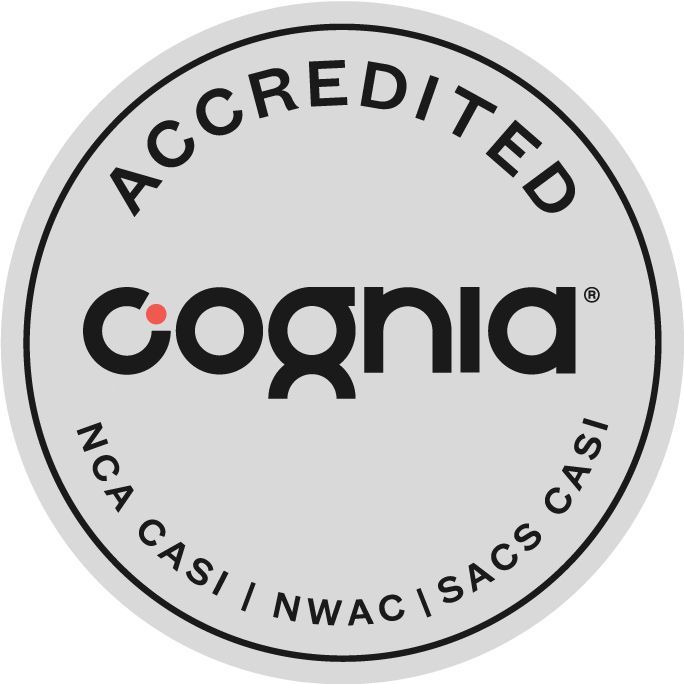Practical Tips for Success

Virtual learning offers flexibility, but students need structure and support to thrive. Here’s how parents can create a productive learning environment at home:
1. Set Up a Dedicated Learning Space
Create a quiet, comfortable, and well-lit workspace free from distractions. Ensure it's stocked with school supplies, a reliable device, and strong internet access.
2. Establish a Consistent Routine
Set regular start times, breaks, and study hours to mimic a traditional school day. Consistency helps students stay organized and motivated.
3. Encourage Goal Setting
Help your child break down tasks into daily, weekly, and long-term goals. Celebrate achievements to keep motivation high.
4. Stay Engaged and Communicate
Regularly check in with your child about assignments, challenges, and successes. Communicate with teachers to stay informed about progress.
5. Prioritize Health and Well-Being
Encourage movement breaks, healthy snacks, and mindfulness activities to avoid burnout and support mental health.
6. Use a Digital Calendar
Teach students to manage assignments, due dates, and virtual classes with a shared calendar or task app.
7. Promote Peer Interaction
Encourage participation in virtual clubs, study groups, or online extracurricular activities to maintain social connections.
With the right environment and parental support, virtual learners can excel academically while developing independence and resilience. For more resources, visit
iSchool Virtual Academy of Arkansas.





